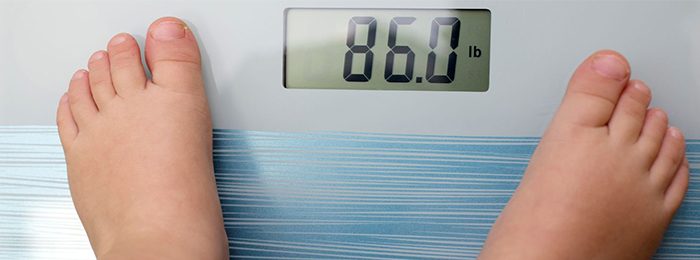The incidence of type 2 diabetes, hitherto considered a disease of middle and old age, has been steadily increasing among children and adolescents. Data from developed countries shows that this increase parallels a similar rise in the prevalence of childhood and adolescent obesity. While type 2 diabetes in children and adolescents is as yet not a major public health problem in India, recent reports revealing increasing levels of obesity among youngsters especially in our metropolitan cities, gives cause for concern.
Overweight and obesity are strong risk factors for type 2 diabetes at all ages. This is all the more so among Asian Indians who tend to develop diabetes at younger ages and lower levels of obesity than white Caucasians. The progressive rise in childhood obesity in India has the potential to explde into an epidemic of youth-onset diabetes, unless coordinated and concrete action is taken by health professionals, policy makers, parents and the society at large.
Reasons and some signs that may help to determine if the child has or is at risk for childhood obesity:
- Family history of obesity-related health risks such as early cardiovascular disease, high cholesterol, high blood pressure levels and type 2 diabetes.
- Family history of cigarette smoking and sedentary behavior.
Skin disorders acanthosis nigricans (ugly or dirty skin on the neck and axilla region) or skin tags. - Psychological / Psychiatric Issues like poor self-esteem, negative self-image, depression, and withdrawal from peers have been associated with obesity.
- Patterns of sedentary behavior (such as too much television viewing) and low physical activity levels.
Low self confidence and inferiority complex may lead to over eating, anorexia nervosa etc.,
A healthy well-balanced diet for children
Parents concerned about their child’s weight should encourage a variety of fresh, nutritious foods in his or her diet.
The following tips may be useful:
- Foods rich in “complex carbohydrates”, are bulky relative to the amount of calories they contain. This makes them filling and nutritious.
- Sources such as bread, potatoes, pasta, rice and chapatti provide half the energy in a child’s diet.
- Instead of high-fat foods like chocolate, biscuits, cakes and crisps, try healthier alternatives such as fresh fruit, crusty bread or crackers.
- Try to grill or bake foods instead of frying. Burgers, fish fingers and sausages are just as tasty when grilled, but have a lower fat content. Oven chips are lower in fat than fried chips.
- Avoid fizzy drinks that are high in sugar. Substitute them with fresh juices diluted with water or sugar-free alternatives.
- A healthy breakfast of a low-sugar cereal (e.g. whole meal wheat biscuits) with milk, plus a piece of fruit is a good start to the day.
- Instead of sweets, offer dried fruit or tinned fruit in natural juice. Frozen yoghurt is an alternative to ice cream.
Healthy Eating Environment
A well planned meal with foods that contribute to children’s well-being can be one of life’s greatest pleasures. To make meal time pleasant, create a healthy food environment. When children are exposed to healthy foods early, they are more likely to develop habits that support healthy weight as they grow. Set fixed meal times, choose the foods offered, and assure an inviting place to eat. Encourage eating slowly, with enjoyment. Avoid forcing children to eat. Help the children participate in the meal by serving themselves and provide wholesome choices and allow them to decide which food and how much to eat. Completely avoid TV watching and computer games while eating.
SAMPLE DIET PATTERN
- Breakfast – Idli-3/Dosai-2/Roti-3/Chapathi-3/Upma/popa-2 cups with chutney or dhal-1 cup, vegetable – 1 cup, milk -1 cup (350 kcal)
- Midmorning – Roasted/sprouted gram – ½ cup, fruit – 1 or 2 = 100gms, biscuits – 3 to 4, vegetable sandwich – 2 slices (100 kcal)
- Lunch- Rice – 2 cups/ Roti -2 and Rice – 1 cup/Phulka – 4/ with dhal – 1 cup/Sambar- 1 cup, vegetable – 1 cup, greens – 1 cup/egg -1/chicken/fish-100gms (450 kcal)
- Evening – Dosai -1/Sandwich – 2 slices/Roasted grams- 1 cup/puffed rice with roasted grams/vegetable cutlet – 2/Idli upma – 1 cup (200 – 250 kcal)
- Dinner- same as lunch + milk – 1 cup, (500 kcal)
- Fat – 20ml-180kcal
- Total calories- 1800 kcal

Leave a Reply